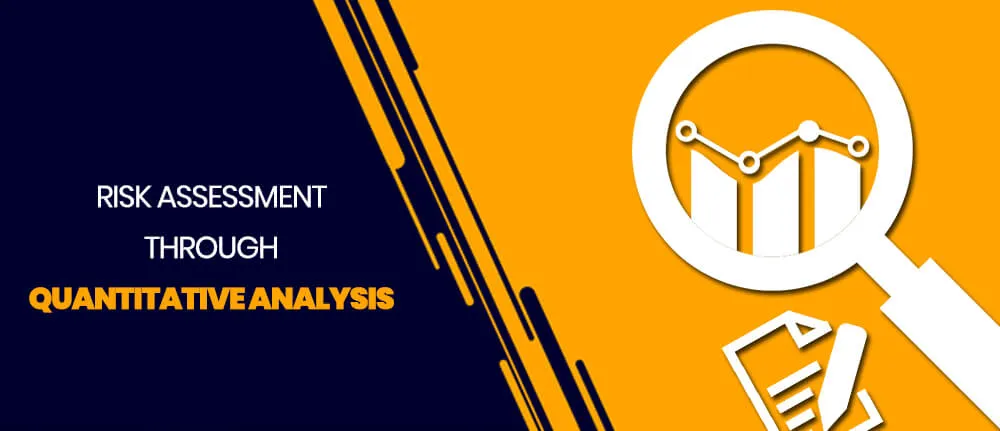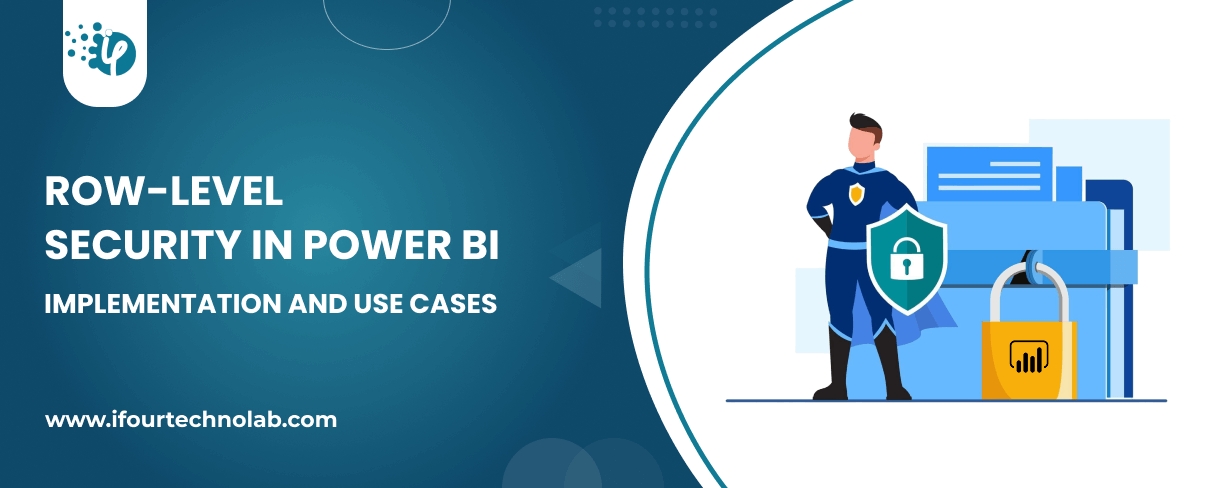17 Power BI Myths and Misconceptions Busted | Uncover the Truth
Did you know that 70% of CTOs (Chief Technology Officers) hesitate to adopt Microsoft Power BI because of its myths and misconceptions that float around. What they fail to see is...
iFour Team - April 28, 2017
Listening is fun too.
Straighten your back and cherish with coffee - PLAY !

While analyzing risks in software development companies, we use two approaches-Quantitative or Qualitative. Qualitative analysis is the technique wherein we use proper mathematical models. Whereas, qualitative analysis is done by assessing the quality of work which does not contain any sort of measurement. Qualitative analysis involves the analysis of statistical and mathematical data with numerical results.
As quantitative risk analysis deals with a numerical solution, risks are assigned numbers on which the assessments are made. Usually this analysis is made on the basis of cost or time. That is, risk is measured in terms of the loss in cost or time.
Ideally, a quantitative risk assessment is a compulsion when the policies involved in a project demands it. Apart from all this, there are situations where quantitative techniques become essential. These situations vary from project to project.
Some cases where quantitative analysis is a must for proper risk assessment are:
Quantitative analysis also aids to characterize organizations and leaders to analyze project risk. The ultimate aim of quantitative analysis is to minimize the annual loss and can be used to:
The various techniques used in quantitative risk analysis are:
According to PMBOK, this is a process used to identify, analyze and respond to project risk.
EMV is used to analyze as to how much risk can be tolerated by the stakeholders and how much fallback plans do they want. Stakeholders often want to know the monetary value of the risk occurring. For such situations EMV is the best technique.
EMV= Probability*Impact
Suppose there is a project where there are the following risk probabilities:
To find out the EMV, the following calculations are made:
Weather: (25/100)*(-80000), negative since loss
=-20,000
Construction cost: (60/100)*(100,000), positive since gain
Labor turmoil: (15/100)*(-150,000)
=-22,500
Therefore Project EMV = -20000+60000-22500=15,500, hence the project will gain $15,500 as the final value is positive.
Monte Carlo analysis uses simulations to determine the risks for various scenarios. Here, certain variable inputs are considered to generate the range of outcomes with a confidence level for each outcome. This is done by establishing a mathematical model. This technique is used for forecasting the likely outcome of an event and thereby making project decisions.
Let us take an example. Suppose there are 3 modules for a project. Monte Carlo analysis determines the best case (optimistic), most likely and worst case (pessimistic) scenarios as follows:
|
Modules |
Best case completion |
Most likely case completion |
Worst case completion |
|
Module1 |
2 days |
4 days |
5days |
|
Module2 |
3 days |
4 days |
6 days |
|
Module3 |
1 day |
3 days |
5 days |
|
Total duration |
6 days |
11 days |
16 days |
Let us assume that we run the simulation for 500 times. We see that the project can be completed between 6 to 16 days. We get the following results from the simulations:
|
Total Duration |
No. of times the simulation result was less than or equal to the total duration |
Percentage simulation where the result was less than or equal to the total duration |
|
6 |
5 |
1 |
|
7 |
20 |
4 |
|
8 |
75 |
15 |
|
9 |
90 |
18 |
|
10 |
100 |
20 |
|
11 |
125 |
25 |
|
12 |
140 |
28 |
|
13 |
200 |
40 |
|
14 |
440 |
88 |
|
15 |
475 |
99 |
|
16 |
500 |
100 |
This simulation shows that there are 18 % chances that the project gets completed in 9 days, 40 % chances of it being completed in 13 days and so on.
Sensitivity analysis is a technique used to show the effects of changing one or more variables on an outcome. For example, in project management, it may be used to determine the change in ROI if the output of a certain variable process is changed.
In project management, the purpose of sensitivity analysis is to:
Irrespective of it being a quantitative or qualitative process, risk assessment, in software outsourcing companies , is the most important phase of project management. The various ways of Quantitative assessment serves assured ways of risk management after qualitative assessment is made. So, the importance of qualitative analysis is very high as it gives exact values for risk assessment.

Did you know that 70% of CTOs (Chief Technology Officers) hesitate to adopt Microsoft Power BI because of its myths and misconceptions that float around. What they fail to see is...

Every CTO knows the struggle of managing complex reports. The inefficiency of scattered data, the constant juggling between reporting tools, the challenge of ensuring accurate KPIs...

The very first reason why you should implement Row Level Security is to foster trust, a crucial element for any business's success. Next, it reduces data clutter and helps you load...